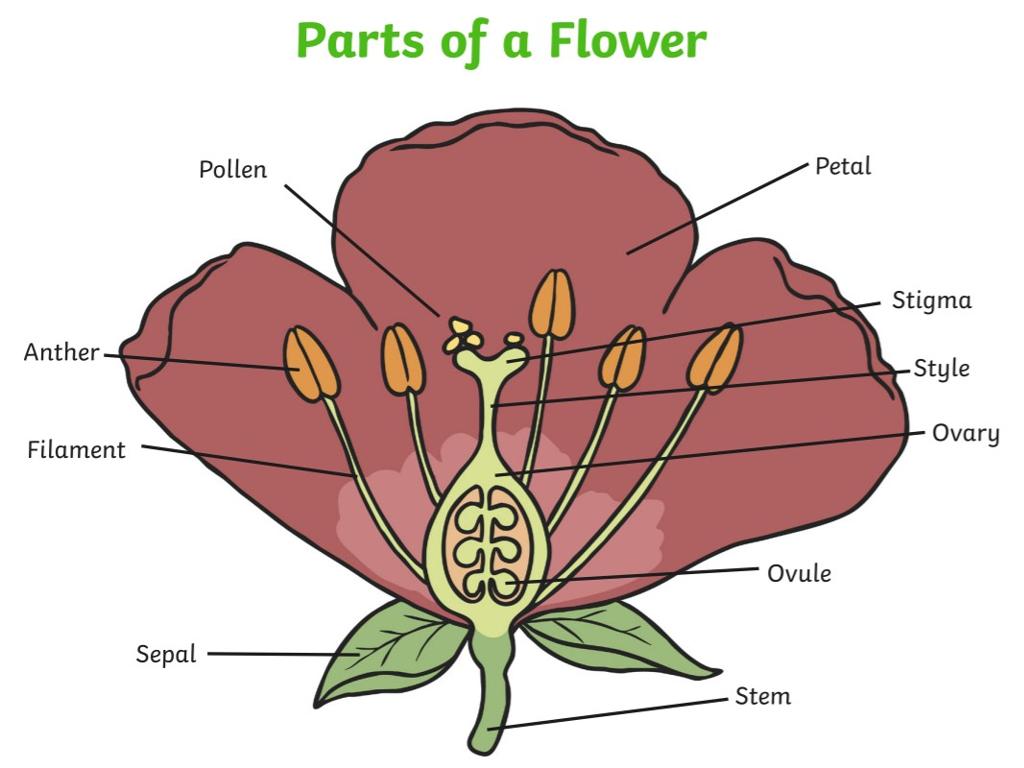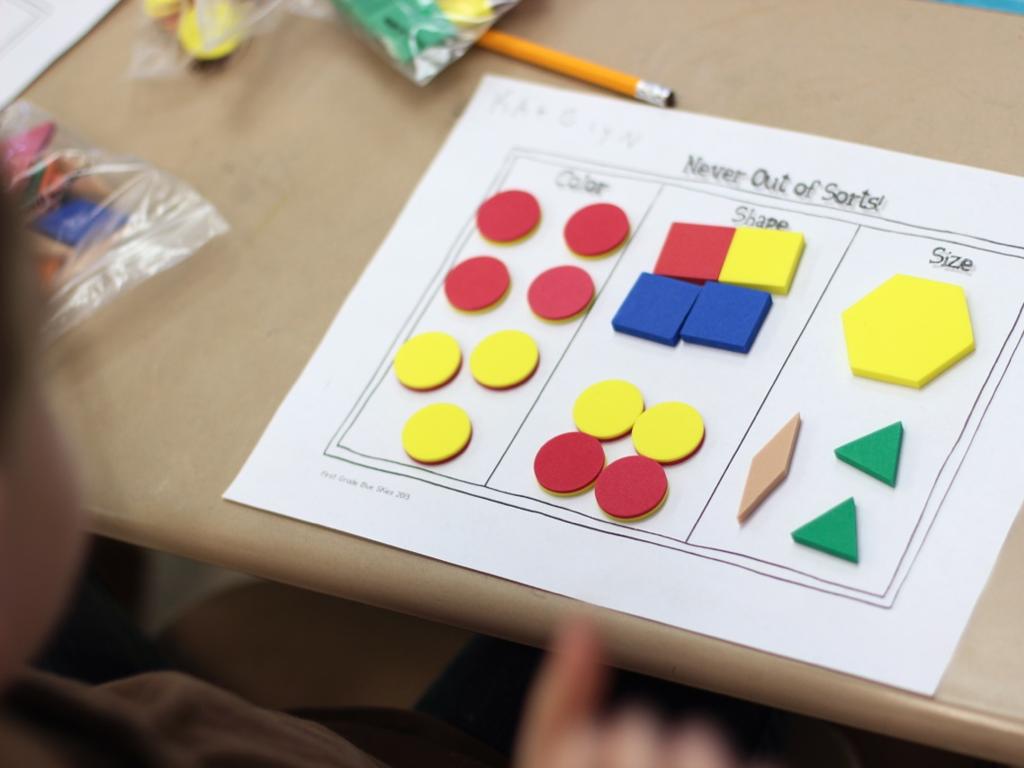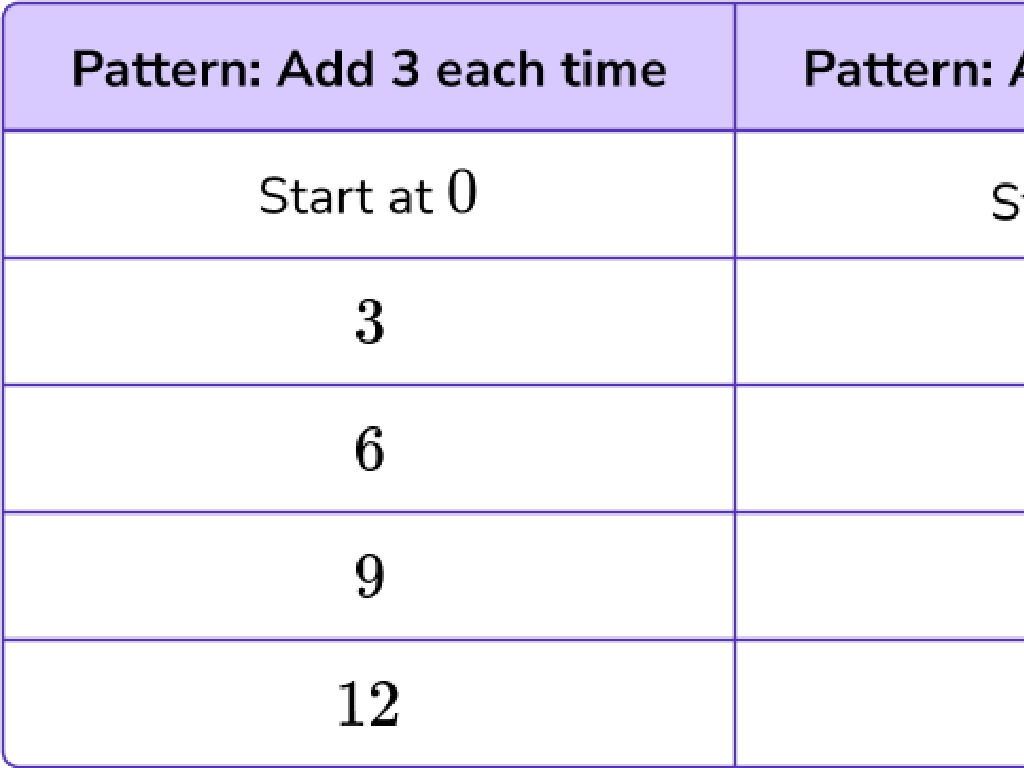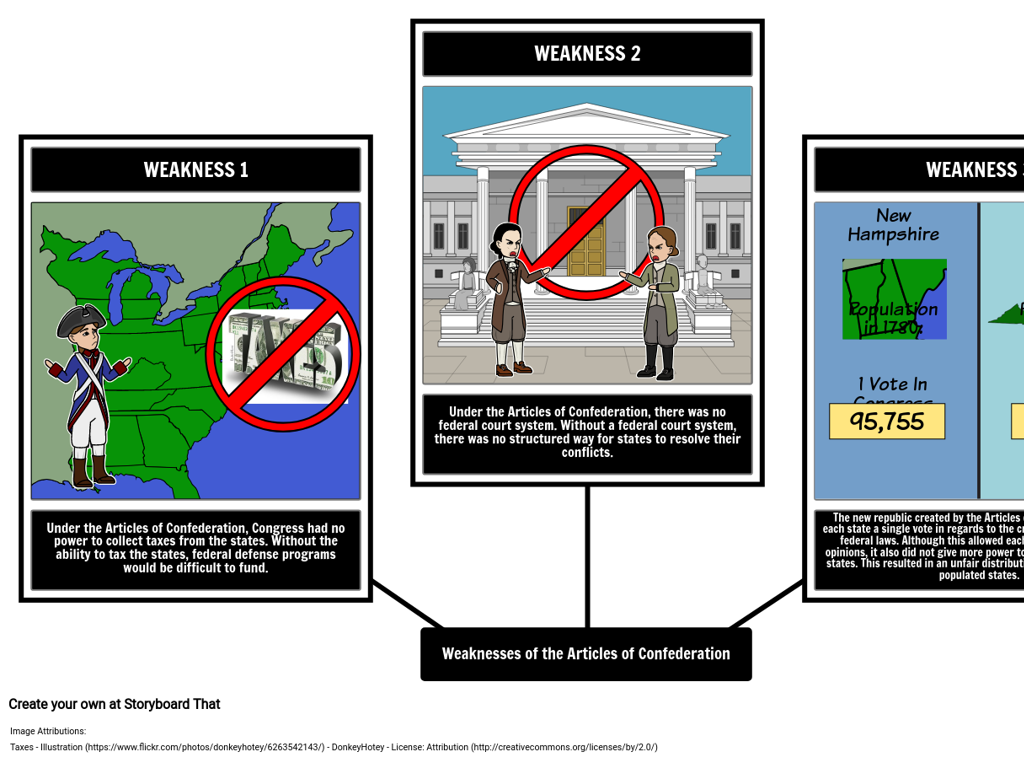Introduction To Adaptations
Subject: Science
Grade: Fourth grade
Topic: Adaptations
Please LOG IN to download the presentation. Access is available to registered users only.
View More Content
Today’s Adventure: Introduction to Adaptations
– What is ‘adaptation’?
– Adaptation is how a living thing changes to survive in its environment.
– Purpose of adaptations in nature
– Animals and plants adapt to stay safe, find food, and handle the weather.
– Examples of animal adaptations
– Camouflage in chameleons, or webbed feet in ducks for swimming.
– Examples of plant adaptations
– Cactus storing water, or Venus flytrap catching insects.
|
This slide introduces the concept of adaptations to fourth-grade students. Begin by explaining that an adaptation is a special feature or behavior that helps a plant or animal survive in its environment. Discuss the reasons why adaptations are essential, such as protection from predators, finding food, or coping with climate. Provide vivid examples like the chameleon, which changes color to hide from predators, or ducks, which have webbed feet to help them swim. For plants, use examples like the cactus, which stores water to survive in the desert, or the Venus flytrap, which has adapted to catch insects for nutrition. Encourage students to think of other examples and relate them to the reasons for adaptations.
What is an Adaptation?
– Adaptation definition
– A trait that helps a living thing survive and thrive in its environment.
– Physical adaptation examples
– Webbed feet in ducks, thick fur on polar bears.
– Behavioral adaptation examples
– Birds migrating, bears hibernating.
– Adaptations help survival
|
This slide introduces the concept of adaptations in living organisms, which are special features or behaviors that help a creature survive in its environment. Physical adaptations are changes in the organism’s body structure, like the webbed feet of ducks for swimming or the thick fur of polar bears for warmth in cold climates. Behavioral adaptations are actions animals take to survive, such as birds migrating to warmer areas during winter or bears hibernating to conserve energy. Emphasize that adaptations are essential for survival and result from the process of evolution. Encourage students to think of other examples and discuss how these adaptations help the animals live successfully in their habitats.
Why Adaptations Matter
– Adaptations aid survival
– Traits that help plants/animals live in their habitats
– Environment shapes adaptations
– Different habitats lead to different survival features
– Adaptations develop over time
– Evolutionary changes can span generations
|
This slide introduces the concept of adaptations and their significance in the survival of living organisms. Adaptations are specialized features that allow plants and animals to thrive in their unique environments. These can be physical, like the thick fur of polar bears for cold climates, or behavioral, like birds migrating to warmer areas during winter. The environment plays a crucial role in shaping these adaptations, as organisms must adjust to the conditions and resources available to them. It’s also vital to convey that adaptations are not immediate but occur over many generations through the process of natural selection. Encourage students to think of examples of adaptations they are familiar with and to consider how these might have developed over time.
Types of Adaptations in Animals
– Physical Adaptations: Body parts
– Examples: Duck webbed feet for swimming, camel humps for storing fat
– Behavioral Adaptations: Animal behaviors
– Examples: Birds migrating, bears hibernating
– Physiological Adaptations: Body processes
– Examples: Snake venom, human sweating
|
This slide introduces students to the concept of adaptations in animals, which are special features that allow an animal to survive in its environment. Physical adaptations refer to changes in the animal’s body structure, like the shape of a bird s beak or the thick fur of a polar bear. Behavioral adaptations are actions animals take to survive, such as birds flying south for the winter. Physiological adaptations are less visible as they involve the way an animal’s body functions, like a human sweating to cool down or a snake producing venom. Encourage students to think of other examples and discuss how these adaptations help the animal survive. This will help them understand the relationship between an organism and its environment.
Exploring Physical Adaptations
– Beaks, claws, and fur traits
– Birds have different beaks for their food types, bears have claws for digging, and polar bears have thick fur for cold.
– Camouflage in animals
– Chameleons change color to match surroundings, helping them hide from predators.
– Mimicry for survival
– Some harmless butterflies look like poisonous ones to avoid being eaten.
|
This slide introduces students to the concept of physical adaptations in animals, which are special features that help an animal survive in its environment. Discuss how beaks, claws, and fur serve specific purposes for different animals, like how a bird’s beak shape is related to the kind of food it eats. Explain camouflage with examples like chameleons or insects that blend into their environment to avoid predators. Introduce mimicry with instances where animals, such as certain species of butterflies, imitate the appearance of others to protect themselves. Encourage students to think of other examples and to observe these adaptations in the world around them.
Exploring Behavioral Adaptations
– Migration: Animals on the move
– Many animals travel to new places for food or warmth.
– Hibernation: Long winter naps
– Some animals sleep all winter to survive the cold.
– Communication: Animal conversations
– Animals use sounds, movements, or scents to ‘talk’.
|
This slide introduces students to behavioral adaptations, which are actions animals take to survive in their environments. Migration is when animals move to different locations, often to find better weather or more food. Hibernation is a deep sleep that helps animals conserve energy during cold months when food is scarce. Communication among animals can involve a variety of methods, including sounds like bird calls, physical movements like bee dances, or scents like pheromones. Encourage students to think of examples and discuss why these behaviors are important for survival. This will help them understand the concept of adaptation beyond physical traits.
Adaptations in Plants
– Plants’ water & sunlight adaptations
– Roots grow deep or wide for water; leaves orient for sunlight.
– Plants’ defense mechanisms
– Thorns, bitter taste, and tough leaves protect from predators.
– Seed dispersal methods
– Seeds travel by wind, water, animals, or bursting pods.
– Why spreading out matters
– To reduce competition, plants grow in new places.
|
This slide introduces students to the concept of adaptations in plants, focusing on how plants have evolved to survive and thrive in their environments. Discuss how different plants have developed unique ways to gather water and sunlight, such as cacti with deep roots or sunflowers that turn to face the sun. Explain defense mechanisms like thorns on roses or the bitter taste of some leaves, which help protect plants from being eaten. Explore seed dispersal as a strategy for plants to spread their offspring over a wider area, ensuring the survival of the species. Use examples like dandelions spreading seeds through the wind or fruits eaten by animals that later deposit the seeds elsewhere. Emphasize the importance of spreading out to avoid competition for resources among plants. Encourage students to think of examples from their own experiences and to observe plant adaptations in their surroundings.
Class Activity: Adaptation Creation!
– Imagine a unique animal or plant
– Draw and label its adaptations
– Show the special features like thick fur or wide leaves
– Think about survival benefits
– How do these help in finding food, shelter, or protection?
– Share your creation with the class
|
This activity is designed to spark creativity and apply the concept of adaptations in a fun, interactive way. Students will use their imagination to create an original animal or plant, drawing it with labels to highlight various adaptations. Encourage them to think critically about how each adaptation would aid in the organism’s survival, considering factors like climate, predators, and food sources. When sharing, prompt them to explain the purpose of each adaptation. This will reinforce their understanding of the material and allow them to see the practical application of adaptations in nature. Possible activities include creating a desert animal with water conservation features, a rainforest creature with camouflage, or a deep-sea organism with bioluminescence.






